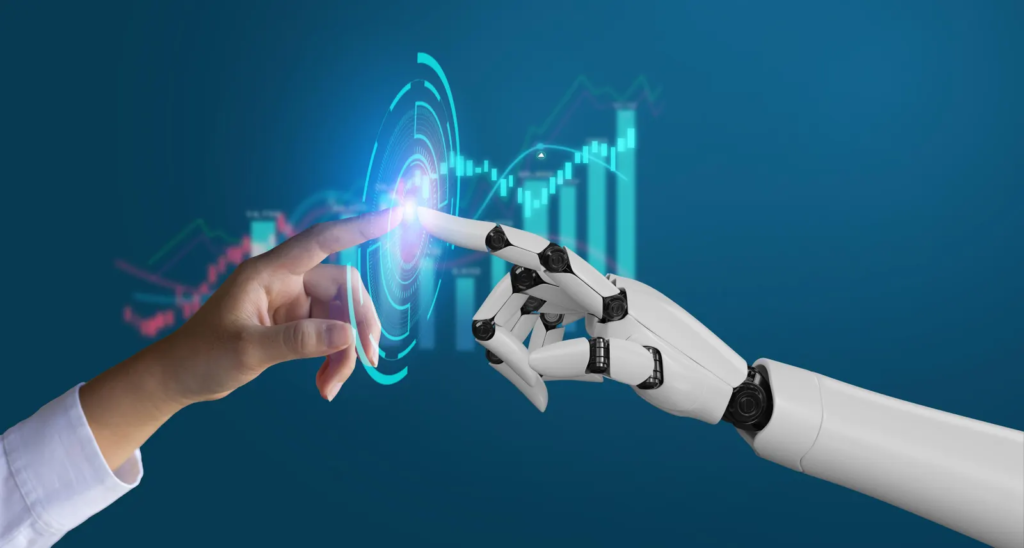Recent research conducted by the University of Chicago suggests that large language models (LLMs), particularly GPT-4, possess the capability to analyze financial statements with a higher degree of accuracy than humans. This revelation holds significant implications for the field of financial analysis and decision-making as artificial intelligence becomes more prevalent in various industries. The study underscores the versatility of generic LLMs like GPT-4, which demonstrate the ability to offer comparable performance to specialized tools in specific tasks. Notably, the prediction accuracy of GPT-4 was found to be on par with that of state-of-the-art machine learning models, even without textual context.
In comparative tests, GPT-4 exhibited superior performance to human analysts, achieving an accuracy rate of 60% compared to the 53-57% range typically observed among human analysts. This achievement underscores the remarkable analytical capabilities of LLMs in processing financial data. However, the success of GPT-4 in financial analysis was not instantaneous and required preliminary groundwork. The researchers employed chain-of-thought prompts to refine the model’s responses, resulting in more suitable and accurate outputs.

Additionally, the study highlights the complementary relationship between GPT-4 and human analysts. While LLMs excel in tasks where humans may be inefficient or prone to bias, human analysts contribute valuable insights that require additional context. The efficacy of GPT-4 in financial analysis can be attributed to its extensive knowledge base and theoretical understanding, enabling it to derive insights from data patterns even without specific financial training. Despite some limitations, ongoing advancements, such as the development of the GPT-4o model, have significantly enhanced efficiency and expanded the model’s capabilities into multimodal domains.
Although there has been skepticism regarding the readiness of generative AI to replace human workers entirely, its role as a crucial support tool is becoming increasingly evident. As organizations transition towards hybrid models that integrate human expertise with AI technology, the potential for enhanced productivity and decision-making capabilities becomes apparent. This research underscores the transformative impact of AI on traditional industries like financial analysis and highlights the need for ongoing collaboration between human analysts and AI systems to maximize effectiveness and accuracy. As AI continues to evolve, its role as a strategic ally in decision-making processes is poised to become more pronounced.
Furthermore, the study found that GPT-4 and human analysts complement each other well – while the LLM excels in areas where humans might be inefficient or biased, humans add value where additional context is required. GPT-4’s capabilities were attributed to its vast knowledge base and theoretical understanding, which enable it to draw conclusions from data patterns even without specific financial training, and while the model was shown to have some limitations, progress has already seen the latest GPT-4o model significantly improve efficiency while morphing into a multimodal model.

While there has been a fair deal of skepticism surrounding generative AI’s readiness to replace human workers, its position as an integral support is becoming increasingly evident as human workers prepare to hybridize with the efficiency-boosting technology. More from TechRadar Pro These are the best AI writers and best AI tools around right now We’ve rounded up the best small business accounting software Cisco launches AI job consortium to see which roles will be most affected by AI.
If you like the article please follow on THE UBJ.
